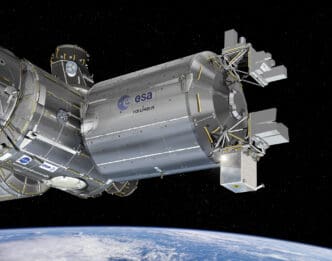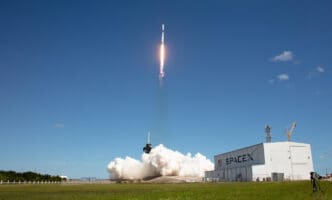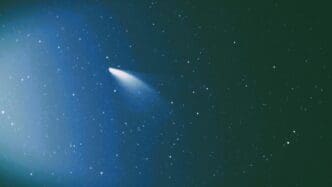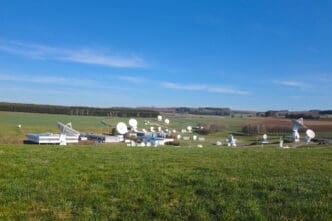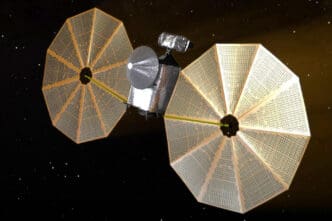The successful installation of the Atomic Clock Ensemble in Space (ACES) on the International Space Station has been heralded as a significant milestone in the field of space-based precision science. This cutting-edge facility, developed by the European Space Agency (ESA) and its partners, represents a new era in timekeeping from orbit.
ACES was launched on April 21, 2025, aboard a SpaceX Falcon 9 rocket. The mission departed from NASA’s Kennedy Space Center in Florida as part of the 32nd SpaceX commercial resupply services mission to the ISS. Just days later, on April 25, the Station’s Canadian robotic arm successfully installed ACES on the Earth-facing side of ESA’s Columbus laboratory. The facility is designed to operate for 30 months.
Developed in collaboration with European industry and spearheaded by Airbus, ACES boasts the most precise atomic clocks ever sent to space. These include PHARAO, a caesium-based fountain clock created by the French space agency CNES, and the Space Hydrogen Maser built by Safran Timing Technologies in Switzerland. Together with an advanced microwave and laser link system, these clocks will provide unprecedented time precision from orbit.

With the installation phase completed, the next critical step is the initial activation of the system on April 28. This activation will establish essential communications between ACES and ground control, including telemetry and telecommands, while stabilizing thermal systems in preparation for clock operations.

This will be followed by a six-month commissioning phase. During this time, engineers and scientists will meticulously calibrate the instruments, test the time transfer links, and assess the performance of the ACES clocks. The system will connect with selected ground stations multiple times a day as it orbits Earth, achieving precision levels far surpassing existing satellite navigation systems such as GPS.

Upon completion of the commissioning phase, the PHARAO clock’s optimal operating parameters will be established. ACES will then embark on its two-year science phase, featuring ten sessions of 25 days of data collection. Following validation by the ACES science team, these findings will be shared with the global scientific community, offering new insights into fundamental physics and the science of time.
Simon Weinberg, ACES Project Scientist at ESA, expressed his enthusiasm for the project, stating, “I’m so excited and proud that our incredibly complex and hugely important project is now in space after many years of hard work. This is a major achievement for ESA and the science community, and I look forward to seeing the results of the hard work done by Airbus, Timetech, CNES, Safran Time Technologies, and ESA, together with partners all over Europe. This is ESA’s ‘jewel in the crown’ on the International Space Station.”

